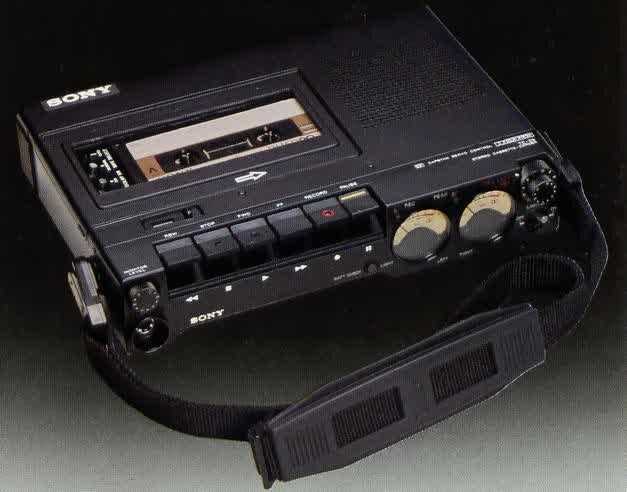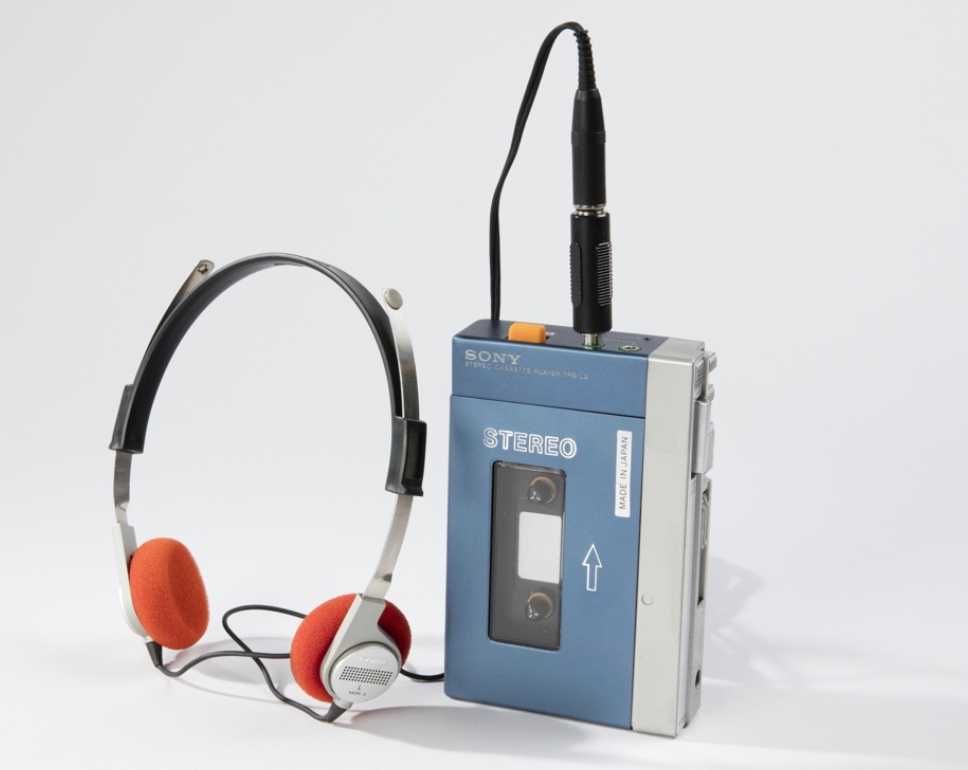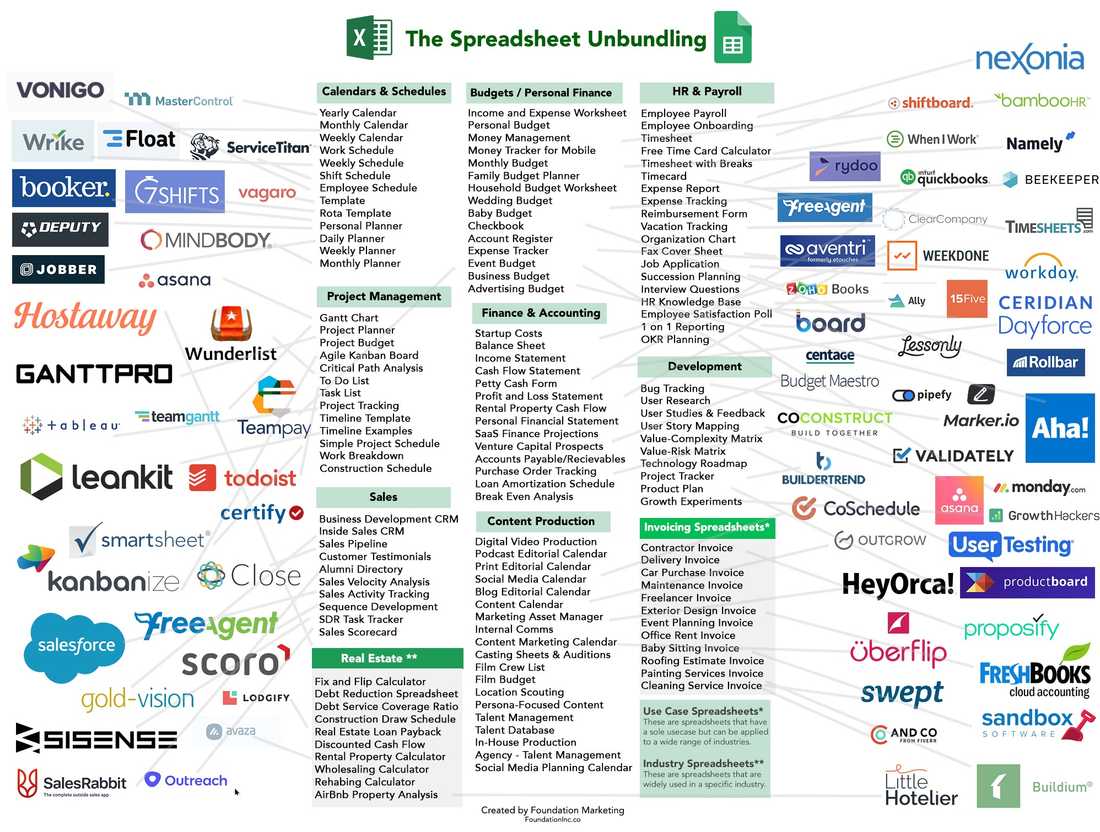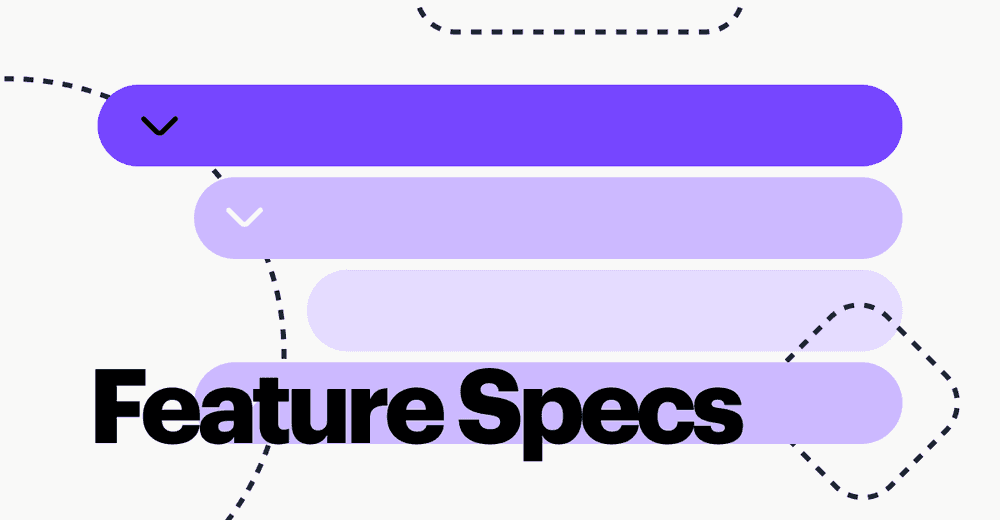Bundling vs. Unbundling [18/100]
Last year I spoke with 50+ VC funds about Fibery and one lesson I learned is that VCs do like razor-sharp SaaS tools. They usually call it an “unbundling strategy”, this is when you find a specific case that some popular product doesn’t do well and release a new product that does this thing perfectly well.
There is much to love about unbundling. The problem is clear, the solution is clear, the risk is lower. The most important thing to like is focus and market — they are known. When you know your potential ideal customer, it’s much easier to create something people love indeed.
Fibery used exactly the opposite strategy — bundling. It made all conversations much harder since product focus is less clear, execution is much harder and the future is less obvious. How can you replace 5+ specialized tools? Is it even possible? What is your Go-to-market strategy? All these questions are great and I have all the answers, but still, the risk of bundling strategy is higher, since it demands much more effort to succeed.
In the age of specialization it looks like unbundling is the only viable strategy. Well, it is not. Let set the stage with some examples.
Unbundling
Photoshop vs. Sketch
20 years ago almost all web designers and UI designers worked in Photoshop. Photoshop was not targeted for designers, but there was no better tool on a market.

Then about 10 years ago Sketch got hot. Web designers fled from Photoshop and migrated to Sketch. Sketch was lighter and nailed many things demanded by web designers. It took this specific niche, focused on it, and provided the value that justified the migration.

Then Figma came, but that’s another story.
Cassette Players vs. Sony Walkman
Walkman was a novel product that served a very specific need — make music even more portable. Existing cassette players were not so small and without headphones and Masaru Ibuku decided to target this specific goal:
Sony co-founder Masaru Ibuka got the wheels turning months before when he asked for a way to listen to opera that was more portable than Sony’s existing TC-D5 cassette players.

Sony Walkman was released on July 1, 1979 and became an instant hit. Small, portable, easy to use and fun.

Excel vs. Everything
Here is another example for Craiglist.
People use Excel for many things: basic task tracker, financial models, CRM, etc. At some point, specialized tools may bring more value, like solve specific cases better. Here is the picture from a good article These SaaS Companies Are Unbundling Excel – Here’s Why It’s A Massive Opportunity that explains the Excel unbundling process:

Bundling
There are thousands of companies that successfully use unbundling strategy, but bundling also works.
Location bundling: Supermarkets
100 years ago people had to visit many stores to buy various things. It all changed between 1930 and 1970 when supermarkets went mainstream:
The stark improvement in customer satisfaction and retail productivity were accomplished by two central innovations. The first was the inclusion of all food items within a given retail structure. No longer did shoppers need to wander from butcher to baker to vegetable vendor to cheese merchant. All these items could be purchased in one visit. — The Rise and Fall of American Growth: The U.S. Standard of Living since the Civil War by Robert J. Gordon

Indeed combining many specialized stores in a single location provides obvious benefits. It also works with single-purpose offers. For example, car dealers tend to have showrooms in a single area. Thus if you need a car, it’s easier for you to visit several dealers and find what you need. Thus dealers have more visitors.
Hardware bundling: iPhone
Ironically, bundled smartphones (iPhone) replaced unbundled portable music players (Sony Walkman).
iPhone bundles several devices in a single one: Phone, Camera, Navigator, Calculator, Music player. In his famous presentation Steve Jobs even used this theme to increase suspense, it was a brilliant marketing dramaturgy.
There is not much to say here. All these devices had to specialize to survive (we still have professional cameras and hardware calculators are easier to use when you need them all the time). iPhone was a huge success and a real break-through that changed our behaviors enormously.
Eventual software bundling: HubSpot, Intercom, etc.
Many software products tend to bundle more and more areas when they grow. For example, Intercom was just a support chat initially, now it’s a CRM, a knowledge base, a marketing automation tool, and a product tours tool. It adds more and more modules and bundles more and more customer-related processes together. And it works, we use Intercom heavily.
HubSpot is quite similar. It combines CRM, help desk, CMS, and marketing automation tools in a single platform. Both products are very successful and they are not alone.
Bundling is hard
There are many examples of when bundling really works. The only problem with this approach is that it’s just hard. iPhone was hard, Supermarkets were hard, PC was hard, etc. Without clear specialization, you have to apply much more effort to bring a bundled product to the market. Most software products started with a very focused use case and only later bundled more use cases.
Does it mean that the bundling strategy can’t be used from the start? Nope, but you should expect longer time-to-market, put in significant resources, and try not to die in the process. However, if you will succeed, you have a chance to invent something significant and change the world. And you almost never have such a chance with unbundling strategy 🦐.
Psst... Wanna try Fibery? 👀
Infinitely flexible product discovery & development platform.


![Be different [23/100]](/blog/static/64355cda924c61c299f2978da5ba6d31/f4829/be-different.jpg)
![5 Biggest Problems in Software Development [22/100]](/blog/static/08512600f4074191672f6e4b07557f7f/d8027/SoftDevProblems.png)